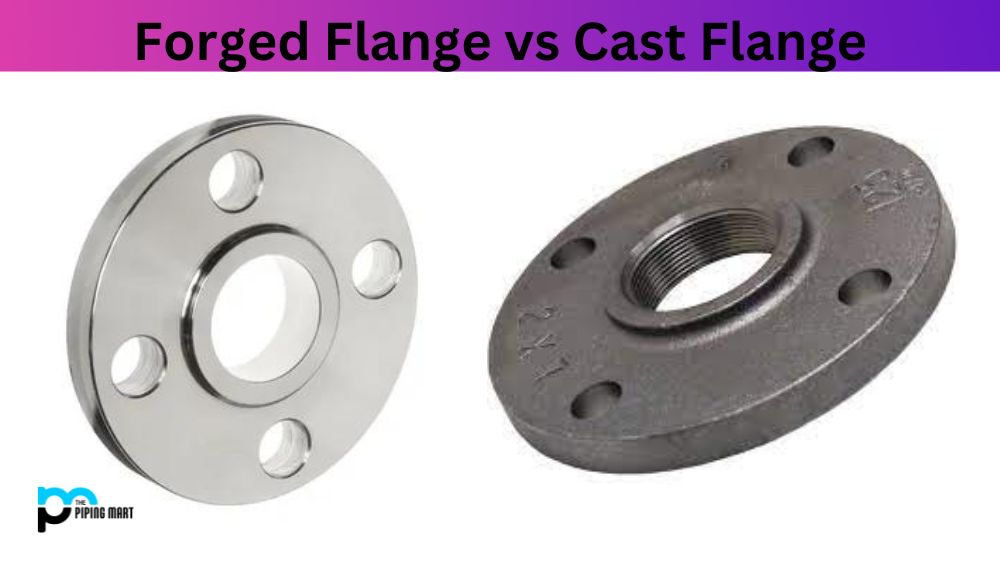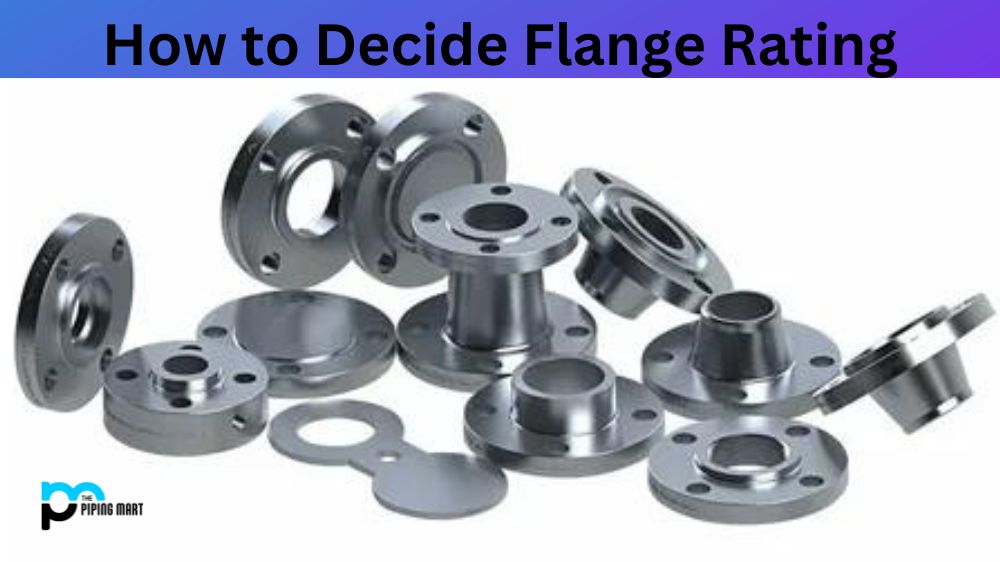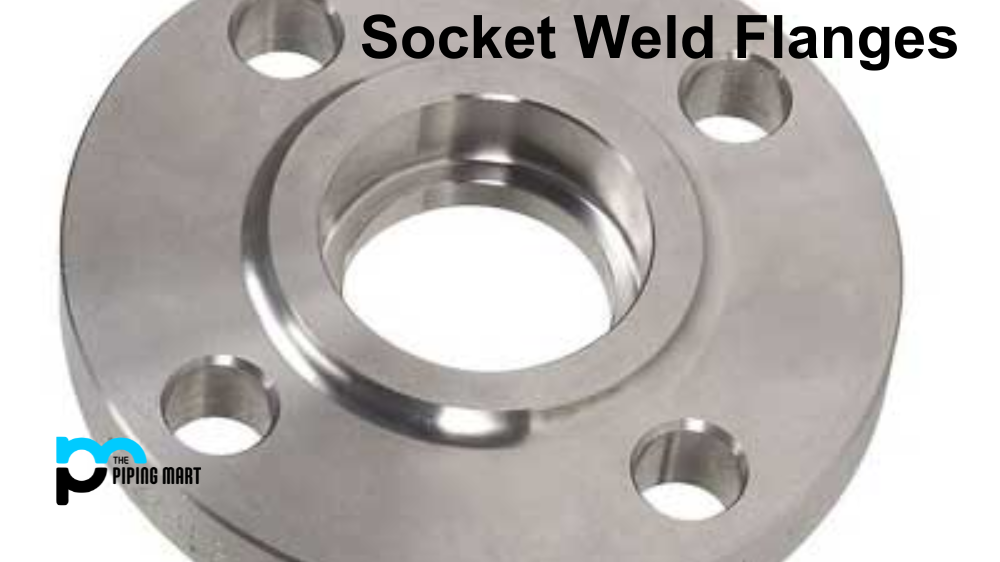Flange couplings are widely used in various mechanical and industrial applications. These are designed to connect two rotating shafts, allowing transmitting power or motion between them. However, not all flange couplings are created equal. Various flange couplings are available in the market, each with its unique design and function. In this blog post, we will explore some types of flange coupling to help you understand which one is best suited for your application.
What is Flange Coupling?
A flange coupling is a type of mechanical coupling used to connect two shafts together. It consists of two flanges that are bolted together at their faces, with each flange attached to the end of a shaft. Flange couplings are known for their strength and ability to transmit high torque loads efficiently. They are commonly used in industrial machinery and equipment where precise alignment and reliable torque transmission are essential.
Types of Flange Coupling
Weld-Neck Flange Coupling
The weld-neck flange coupling is a robust solution used in high-pressure applications, where precise alignment and stress resistance are crucial. Unlike other couplings, welding must be permanently attached to pipes or shafts. This process demands meticulous preparation of pipe ends, making installation time-consuming and costly. However, its ability to transfer bending moments efficiently makes it indispensable in complex piping systems requiring reliable performance under extreme conditions.
Slip-On Flange Coupling
A slip-on flange coupling, as its name suggests, is a type of flange coupling that can be easily slipped onto the end of a pipe or shaft. The design of this coupling is relatively simple and does not require welding or pipe end preparation. Slip-on flange coupling is commonly used in low-pressure and low-temperature applications, where the coupling needs to be quickly assembled and disassembled. However, this type of coupling may not be suitable for high-pressure applications due to its low-strength properties.
Threaded Flange Coupling
A threaded flange coupling is a type of flange coupling that uses threads to connect two pipes or shafts. The design of this coupling allows for quick and easy assembly and disassembly. Threaded flange coupling is commonly used in low-pressure applications, where the coupling needs to be frequently assembled and disassembled. However, this type of coupling may not be suitable for high-pressure applications due to the potential for leaks and high-stress concentration around the threads.
Socket Weld Flange Coupling
A socket weld flange coupling is a type of flange coupling that is similar to a slip-on flange coupling but has a socket for the pipe or shaft to fit into. The design of this coupling offers excellent structural strength and a high-pressure rating. This type of coupling is commonly used in high-pressure and high-temperature applications, where the coupling needs to be welded into place for maximum strength and durability. However, the installation process may require additional time and labour costs.
Lap Joint Flange Coupling
A lap joint flange coupling is a type of flange coupling that uses a stub-end and lap-joint flange to connect two pipes or shafts. The design of this coupling allows for easy assembly and disassembly, making it ideal for applications that require frequent maintenance or repairs. Lap joint flange coupling is commonly used in low-pressure applications, where flexibility and ease of maintenance are critical. However, this type of coupling may not be suitable for high-pressure applications due to the potential for leaks.
Shaft Coupling Types
Shaft couplings are essential machinery connecting two shafts and transferring power between them. They come in various types tailored to different needs. Rigid couplings offer a solid connection but little flexibility, suitable for precise alignments. Flexible couplings, like elastomeric or gear types, accommodate misalignments and absorb shocks, ideal for applications with vibration. Fluid couplings utilize hydraulic fluid for power transmission, providing smooth operation and vibration dampening. Choosing the right type depends on factors such as torque requirements, shaft misalignment, and the level of shock absorption needed for the specific machinery or equipment.
Conclusion
In conclusion, selecting the appropriate flange coupling for your application is critical to ensure optimal performance, reliability, and safety. By understanding the different types of flange coupling available, you can determine which one is best suited for your specific application. Whether you need a high-pressure weld-neck flange coupling or a low-pressure slip-on flange coupling, a flange coupling is available that meets your needs. So, take the time to understand the benefits and limitations of each type before making your final decision.

Hey, I’m Krutik, a casual blogger expert in the metal industry. I am passionate about providing valuable information to my readers. With a background in engineering and construction, I like playing Cricket & watching Netflix shows in my free time. Thank you for visiting my blog, and I hope you find my information helpful!




